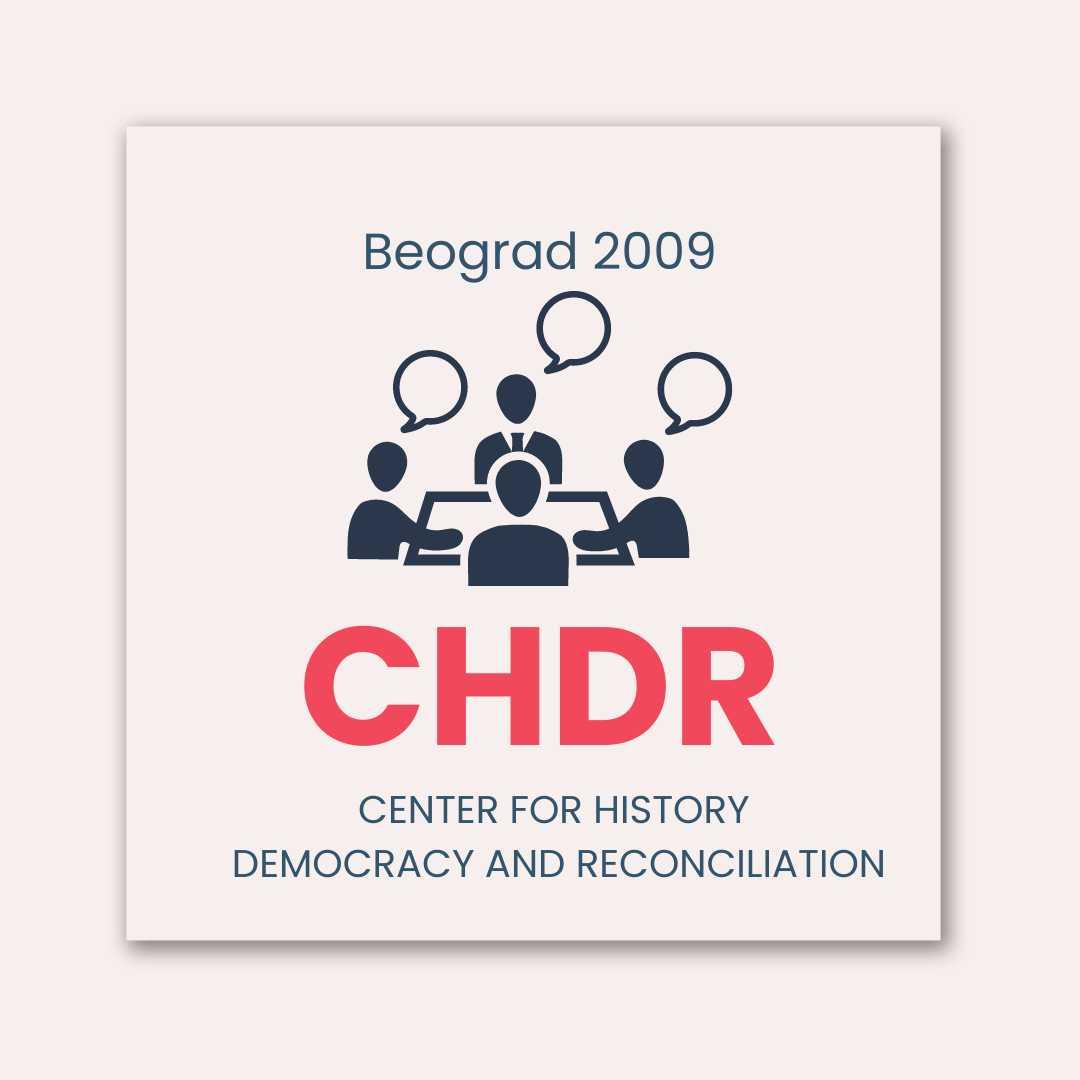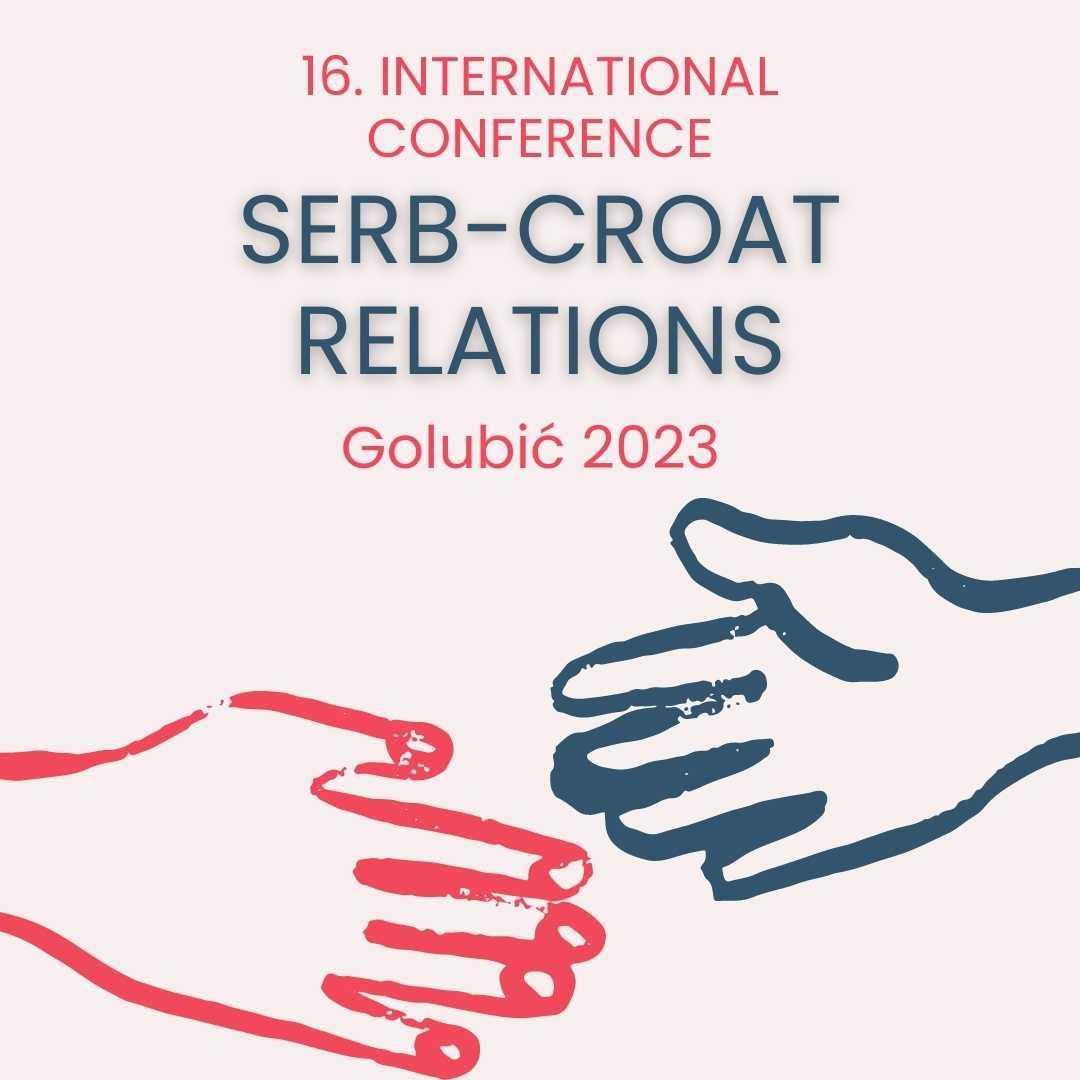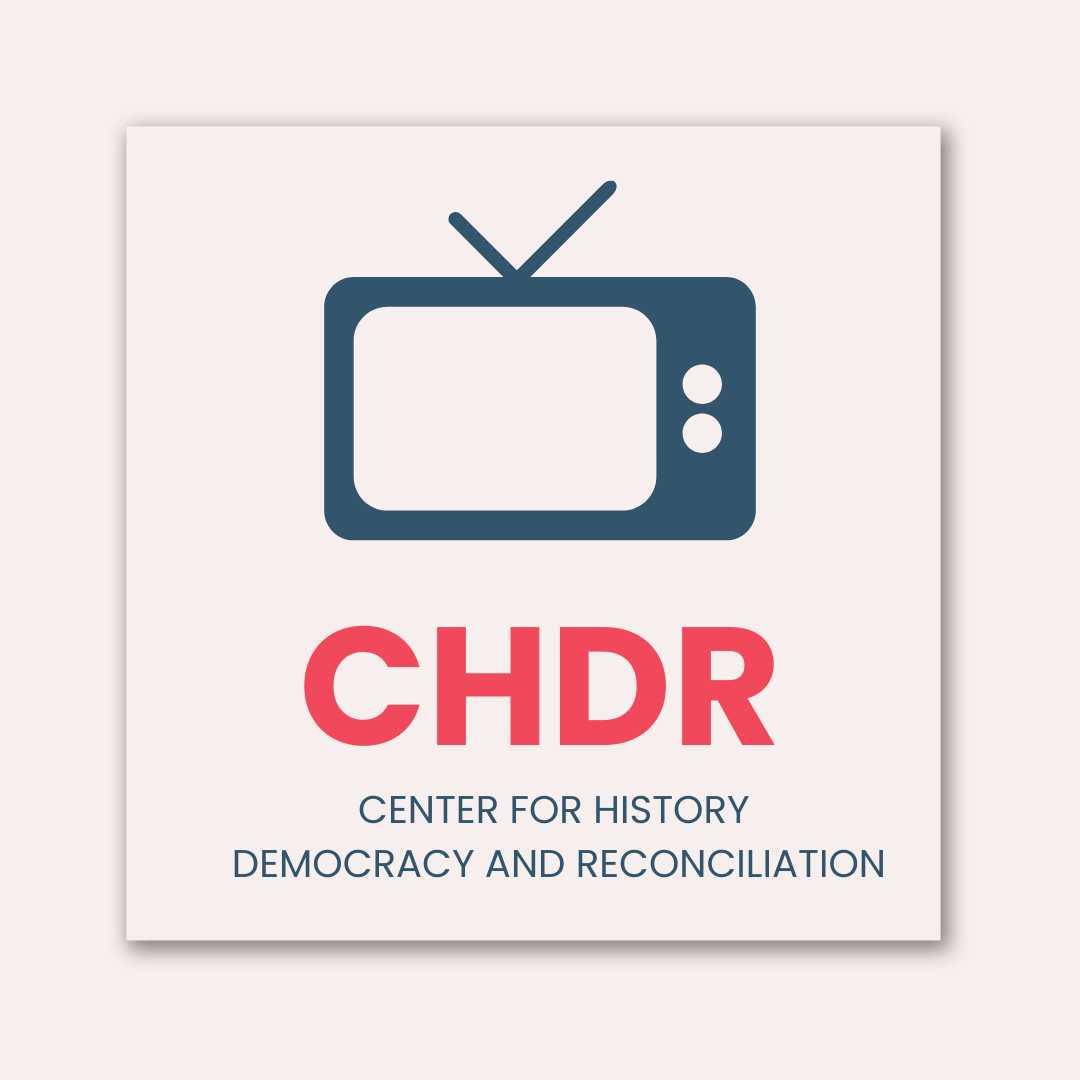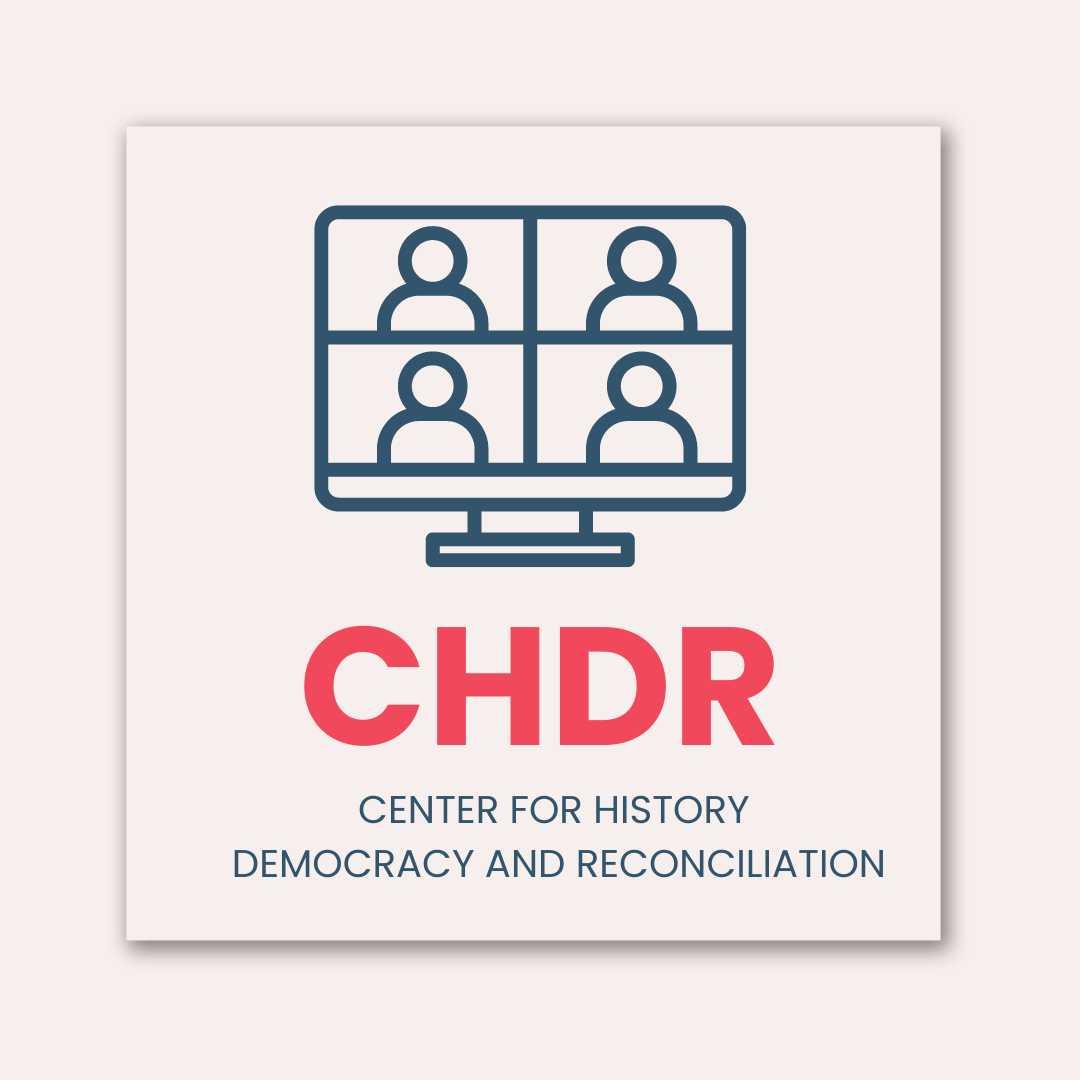"Confronting the past – the way to the future; History of Yugoslavia in the 20th century"
The Center for History, Democracy and Reconciliation in cooperation with the Institute for Historical Justice and Reconciliation from The Hague held two international scientific conferences on the same topic this September. The meetings were held in Opatija (Croatia) and Belgrade (Serbia). The theme of the meetings is “Facing the past, the path to the future – the history of Yugoslavia in the 20th century”.
Scientists from the countries of the region participated in the scientific meetings: from Serbia, Croatia, Bosnia and Herzegovina and Macedonia. Also, scientists from Italy and England took an active part.
The second in a series of scientific meetings with the theme “Facing the past”, held in Belgrade 17. and October 18, 2009. gathered scientists from two teams within the project. The teams are: “Tito and the National Question in Yugoslavia” and “Mapping National Identities in the Territory of Former Yugoslavia”.
Tito and the national question in Yugoslavia
Dr. Mira Radojević , leader of the ” Tito and the National Question ” team, pointed out that the goal of the research work within her team is to try to understand performance Josip Broz Tito in the process of solving the national question on the territory of the Kingdom of SHS, the Kingdom of Yugoslavia, as well as the SFR Yugoslavia in the period from 1918. until 1991
They also talked about Josip Broz Tito’s attitude towards the national question . Historical research in all the new states, which were created by the breakup of the former Yugoslavia, still contains many contradictions.
With the disintegration of Yugoslavia and the growth of nationalism in all former Yugoslav republics, Tito as a historical figure was challenged, humiliated and presented to the public in a negative context. Therefore, this research aims to break stereotypes about the historical role of Josip Broz Tito and his influence on the causes of the disintegration and disappearance of the former state.
The attitude of Josip Broz Tito towards solving the national question in the period up to the Second World War is partially dealt with by older historians. For birds after 1945. there is not enough scientific knowledge. The reasons for this are: the unavailability of historical sources, the sensitivity of the topic, as well as the fact that the issue was not in accordance with the KPJ policy at the time.
The project “Tito and the National Question in Yugoslavia” will deal with the following issues:
- Studying the connection of Josip Broz with the national question during the 20s and 30s,
- his role in solving that issue during the 60s,
- his relationship with Croatian Maspok (“Croatian Spring”)
- and the recognition of the Muslim nation in the 70s.
Mapping national identity on the territory of the former Yugoslavia
The research of the team ” Mapping national identity on the territory of the former Yugoslavia ” aims, in the words of Prof. Dr. Ljubiša Despotović , “to unify concepts such as: national identity, hegemony, separatism.”
The goal of the project is, at the same time, to encourage further research and thus promote separation from historical abuses.
“Here, first of all, it is necessary to define the basic terms”, Despotović pointed out, “- what is identity – or: what is a nation.” What does the concept of national identity actually mean, and what is the collective or individual perspective of the concept.
Likewise, the notion of a common historical identity in the area of the former Yugoslavia, and the notion of rival or opposing identities that, due to the confluence of historical circumstances, led to the escalation of war in these areas.
The problem of interpreting the concept of lived identity in the second half of the twentieth century also arises. Also, the concept of projected identity , which refers to newly constituted national communities with the development of national identity in the future.
Methodologically, the so-called is interesting. split identity for the analysis of a part of the member who on an individual level feels, for example, as a Serb, and at the same time as a Slovene.
The project “Mapping national identity on the territory of the former Yugoslavia” deals with the question:
- the emergence and development of regional identities among Croats and Serbs in the nineteenth century,
- revival of national movements at the end of the 80s of the last century
- and the role of the media in creating new nations.”
Scientific papers from the conference "Facing the past - the way to the future; History of Yugoslavia" in PDF format:
- Adnan Jahić: On the failure of the nationalization of Bosnian Muslims in monarchist Yugoslavia
- Berislav Jandrić: Josip Broz Tito and the phenomenon of the Croatian Spring (1967 – 1971)
- Edin Radušić: National ideas and national development in Bosnia and Herzegovina 19. century - from religious to national identity
- Marko Attila Hoare: The national identity of the Bosnian Serbs
- Mila Dragojević: Linking Informal Social Networks and Ethnic Polarization: Survey Results from Novi Sad
- Vesna Ivanović: Croatian historical demographic situation in Bosnia and Herzegovina (1879 – 1991)
- Ljubiša Despotović: Geopolitics of identity: Serbian national identity - political, religious, historical, cultural, ethnic and other factors as factors of its formation
- Mira Radojević: Josip Broz Tito and the roots of the Yugoslav federation
- Zoran Jevtović: Constructing ethnic identities in the age of media images
- Ranka Gašić: Yugoslavia as a national and state identity
- Vera Katz: Tito and the national question in Bosnia and Herzegovina
- Sead Selimović: The question of the national distinctiveness of Bosniaks in Yugoslavia in the period 1945-1974. years
- Dragan Bogetić: Tito and the constitutional - first regulation of the national question in Yugoslavia. The period of centralized management of the federation 1945 - 1965
- Ivan Balta: Historical retrospective of the emergence of Croatian identity in the second half 19th and in the 20th century





